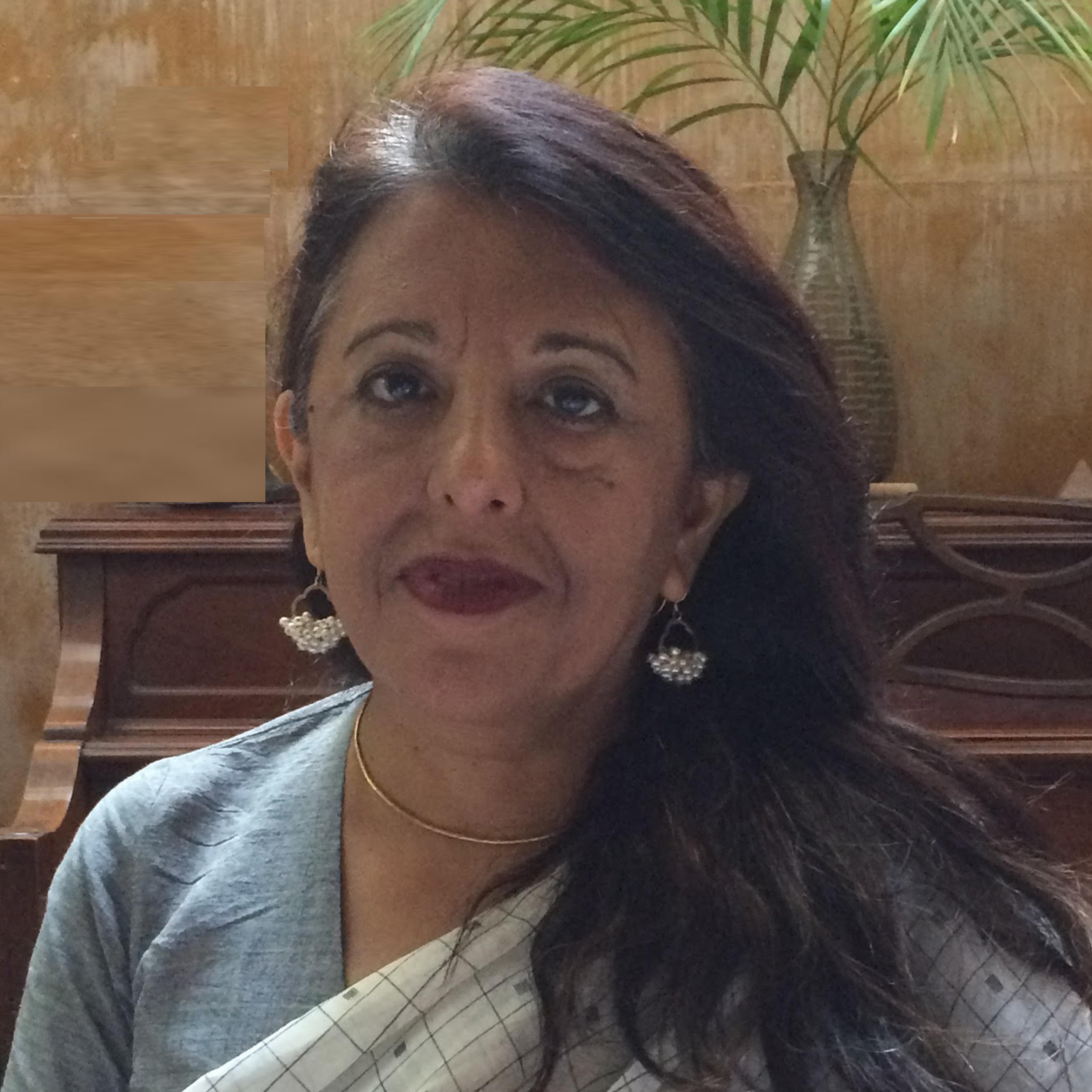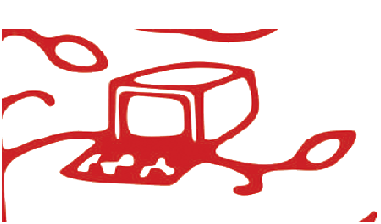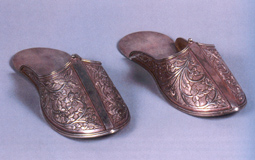What do archaeological finds in a five millennia old city of the Harrapan civilisation have in common with Toda tribes, Banjara gypsies, Noor Jehan, haute couture, exports and the big Indian wedding?
The answer in brief is the humble needle.
Unearthed needles excavated in ancient Harrapan sites have led scholars to infer that embroidery skills have been practiced in an unbroken continuity on the Indian subcontinent for several millennia.
The creative ongoing mutation of this traditional craft with its diverse sophisticated techniques of embellishment into an item of global consumption has enabled its continuity and the empowerment of its practitioners across the cultural landscape of India. Skills, motifs, patterning, stitches and the symbolism that enriched the diversity of embroidery styles continue to be handmade within the tradition of professionally embroidered goods created in karkhana/workshops and in individual ateliers. Chikankari, reputed to have been introduced in the 16thcentury by Noor Jehan, wife of the Mughal emperor Jehangir continues to be resurgent several centuries on, its delicate white thread-work continuing to be executed on the finest white muslins. The floral and geometric motifs embroidered by women are to be found not only in and around the city of of its origin but in stores across India and in couture ateliers across the globe. It is estimated that there are anywhere between 5 to 6 lakh people involved with the trade with an approximate turnover of Rs.1000 crores per year.
The cutwork Convent embroider...
This is a preview. To access all the essays on the Global InCH Journal a modest subscription cost is being levied to cover costs of hosting, editing, peer reviewing etc. To subscribe, Click Here.
ALSO SEE
Framing the Fluid Multiple Perspectives on Bhar...
Johar, Navtej
The Tradition of Foot Covering in Indian Cultur...
Pathak, Anamika



